Pavel Pepperstein takes us on a space odyssey in Moscow
The Moscow conceptualist proposes a new world order at Garage Museum of Contemporary Art, which sees the OMA-designed institution transformed with spaceship-like pods especially for his exhibition
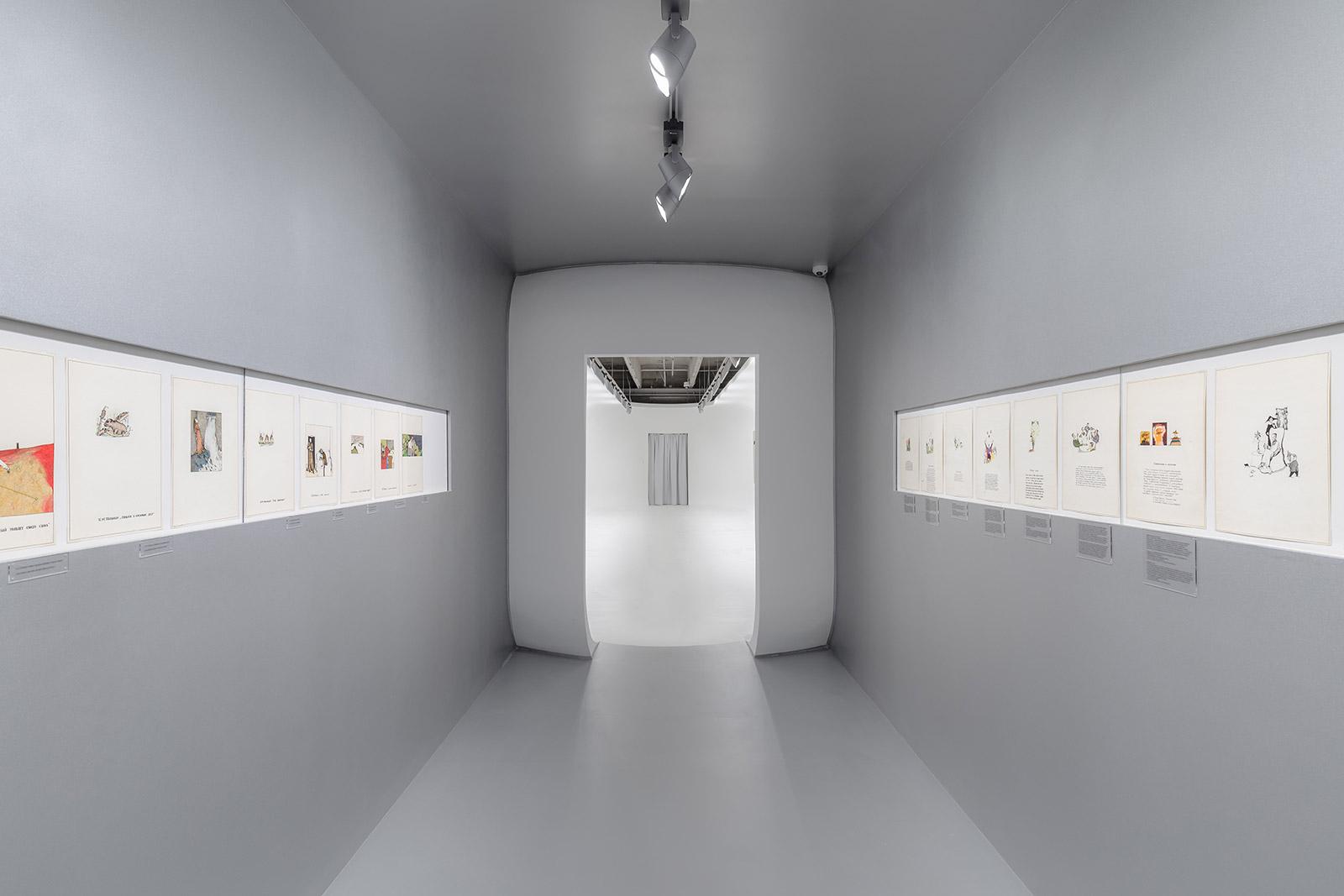
‘Psychedelia taught me that it was okay to embrace the things I loved,’ says Pavel Pepperstein, speaking from Moscow – a city that, under Soviet rule, did not recognise any kind of art, except the state-sanctioned social realism. It was in this prohibitive political context that Pepperstein, alongside artists like Erik Bulatov and Ilya Kabakov, began their careers, a group of loosely associated artists who later became known as the Moscow conceptualists.
‘All of us were making all kinds of strange and subversive art, but the main thing we had in common was that we were making underground art in the USSR in the 1970s and 1980s, which was a big deal’ Pepperstein recalls. Their role was not only to liberate art in the post-Stalin years, but to create new audiences and new spaces in which it could flourish.

Antenna for Communication with the Dead, 2006, by Pavel Pepperstein, watercolour and ink on paper.
An interest in parody and irony – Pepperstein says most of his work still starts as a joke – connected the group, as well as rebellious spirit: ‘We were making work that was so underground the state wouldn't acknowledge its existence. It was fun.’
At Pepperstein’s latest major exhibition – on view at Moscow’s Garage Museum of Contemporary Art until 2 June – there’s a lifesize replica of the original design for Lenin’s tomb, with a replica of the politician’s deceased and embalmed body lying next to an unnamed nude lover. The walls of the room are resplendent with flowers and dense ivy.
‘We were making work that was so underground the state wouldn't acknowledge its existence’
‘Do you think I could have come to that if I started out trying to please anyone but myself?’ Pepperstein jokes, always willing to not take himself too seriously. The 52-year-old has, after all, in his rule-breaking and genre-defying career, been variously a rapper, a novelist, a critic and a fashion designer. The Garage Museum exhibition is unabashedly titled ‘The Human as a Frame for the Landscape’, and it centres on the artist’s latest series of drawings and paintings investigating the purpose and role of traditional landscape painting, as ‘a frame for some kind of human activity’.
RELATED STORY
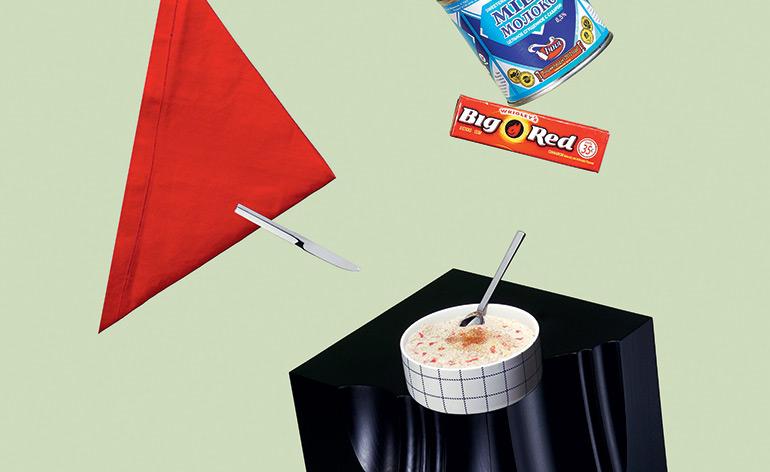
Pepperstein’s aim is to reverse this: turning humans into frames for landscapes. The curators have gone macro with this idea, installing pods inside the Rem Koolhaas-designed museum, to give the feeling of viewing the works inside a spaceship.
As ever with his work, it is full of surprises – and colours, returning to the artist’s encounters with the psychedelic movement. ‘Russia is very much a drinking culture, so the mere conceptual existence of a psychedelic culture, in Europe and America, was very inspiring for me,’ he reflects. ‘It’s another way of thinking, another way of living. It's a culture that embraces fictions and conspiracies. It's a culture that embraces the lack of control in our lives. And perhaps most importantly: it's a culture that worships colour.’
Colour – and wild creativity, sometimes incoherent, but always mind-expanding: Pepperstein’s exhibition embraces it all; an avant-garde adventure. ‘Tell your own story!’ Pepperstein exclaims, when asked about his hopes for how his art affects the public. ‘It's probably pretty weird, but you might be surprised how many people want to hear it.’
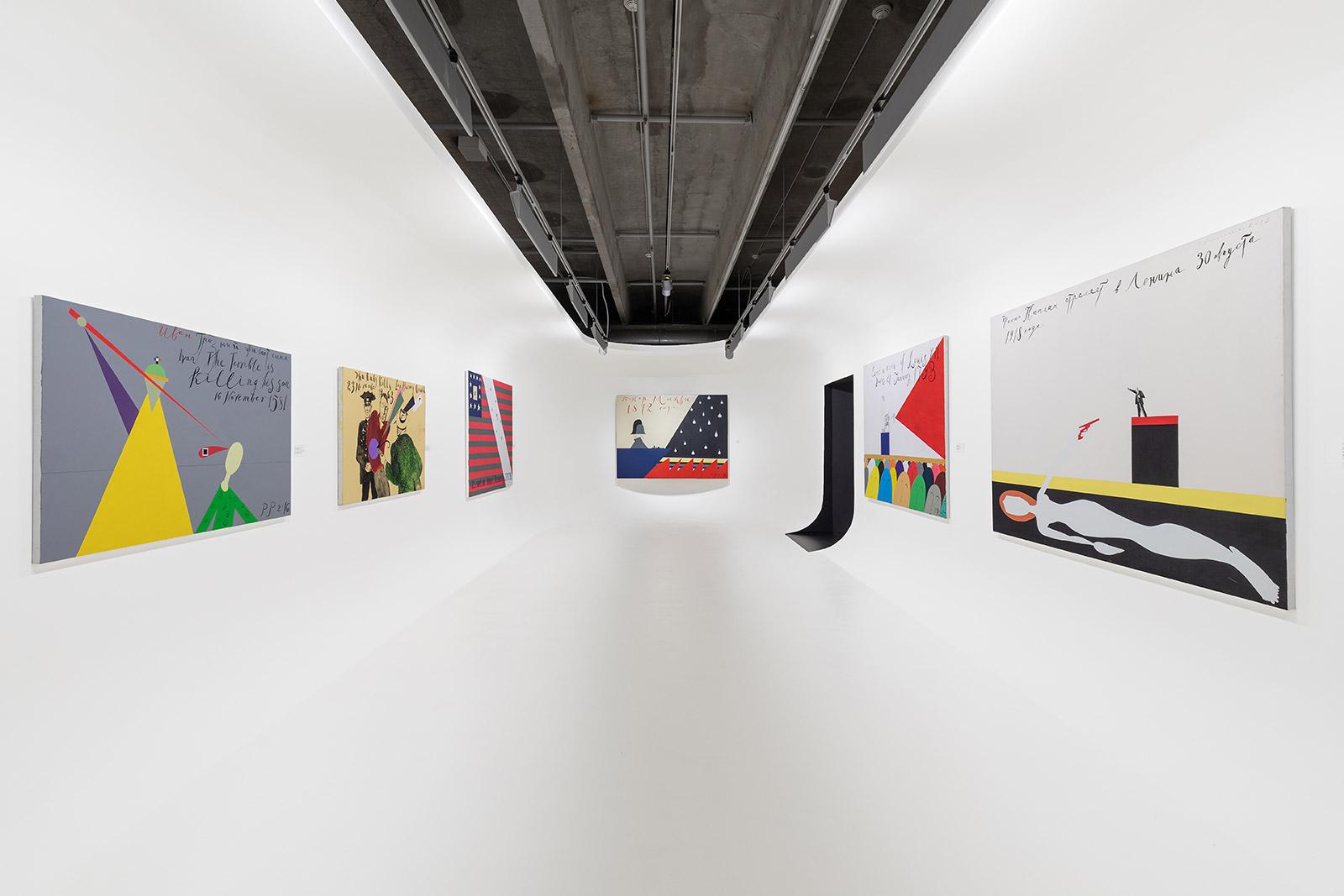
© Garage Museum of Contemporary Art

© Garage Museum of Contemporary Art

© Garage Museum of Contemporary Art

Tao, 2018, by Pavel Pepperstein, from the series Philosophical Categories, oil on canvas. Courtesy of the artist
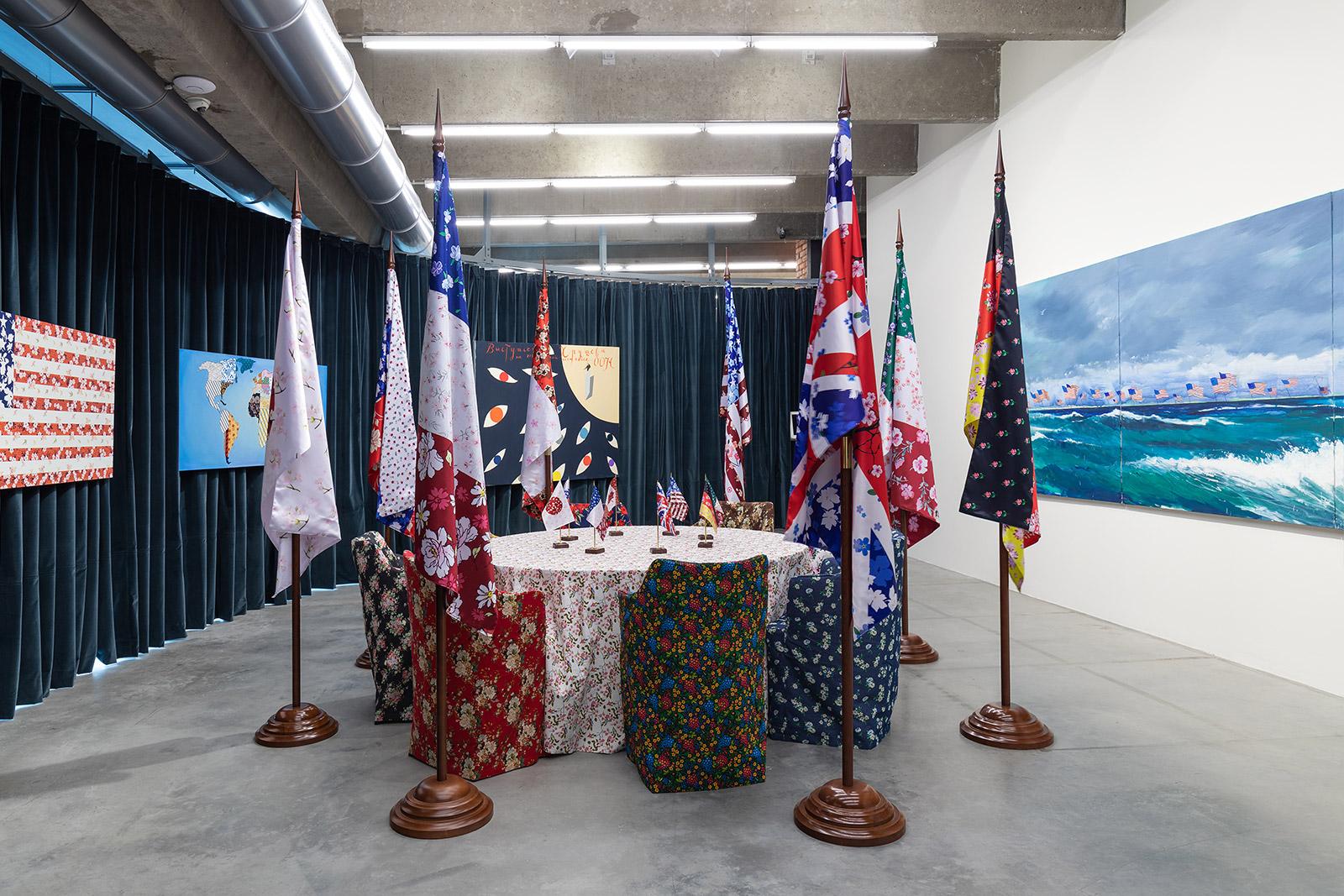
© Garage Museum of Contemporary Art
INFORMATION
‘The Human as a Frame for the Landscape’ is on view until 2 June. For more information, visit the Garage Museum of Contemporary Art website
ADDRESS
Receive our daily digest of inspiration, escapism and design stories from around the world direct to your inbox.
Garage Museum of Contemporary Art
9/32 Krymsky Val Street
119049 Moscow
Charlotte Jansen is a journalist and the author of two books on photography, Girl on Girl (2017) and Photography Now (2021). She is commissioning editor at Elephant magazine and has written on contemporary art and culture for The Guardian, the Financial Times, ELLE, the British Journal of Photography, Frieze and Artsy. Jansen is also presenter of Dior Talks podcast series, The Female Gaze.
-
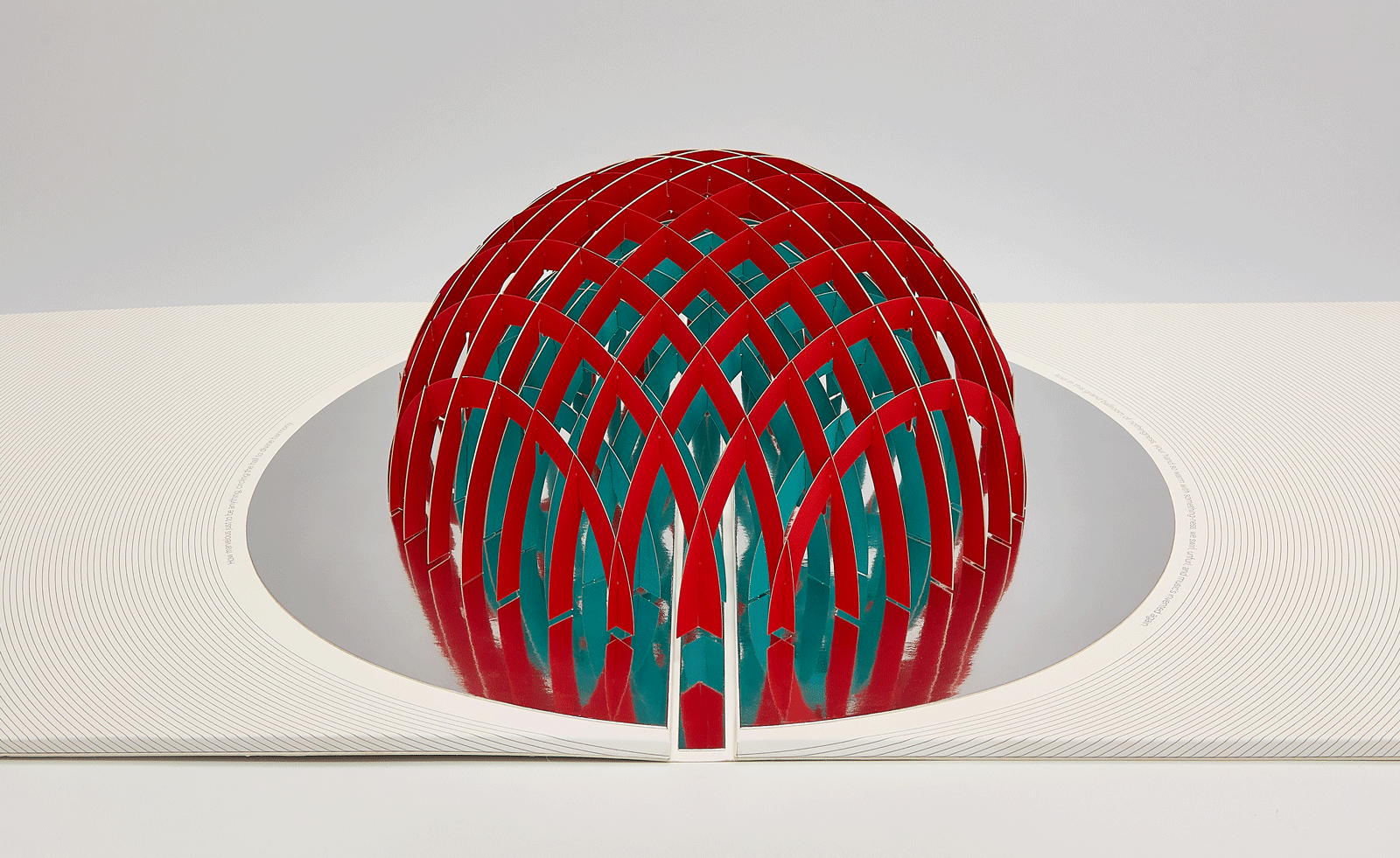 Behind the scenes of OK Go's Grammy-nominated vinyl packaging
Behind the scenes of OK Go's Grammy-nominated vinyl packagingIndie-rock group OK Go have returned with an innovative new sound and look for their fifth album. We meet singer Damian Kulash to find out more.
-
 A new venture led by will.i.am, Trinity is an electric, AI-powered ‘brain on wheels’
A new venture led by will.i.am, Trinity is an electric, AI-powered ‘brain on wheels’The tilting Trinity 3-wheeler EV has emerged from a partnership between Nvidia, West Coast Customs, inventor Dean Kamen and tech-enthused musician and cultural entrepreneur will.i.am
-
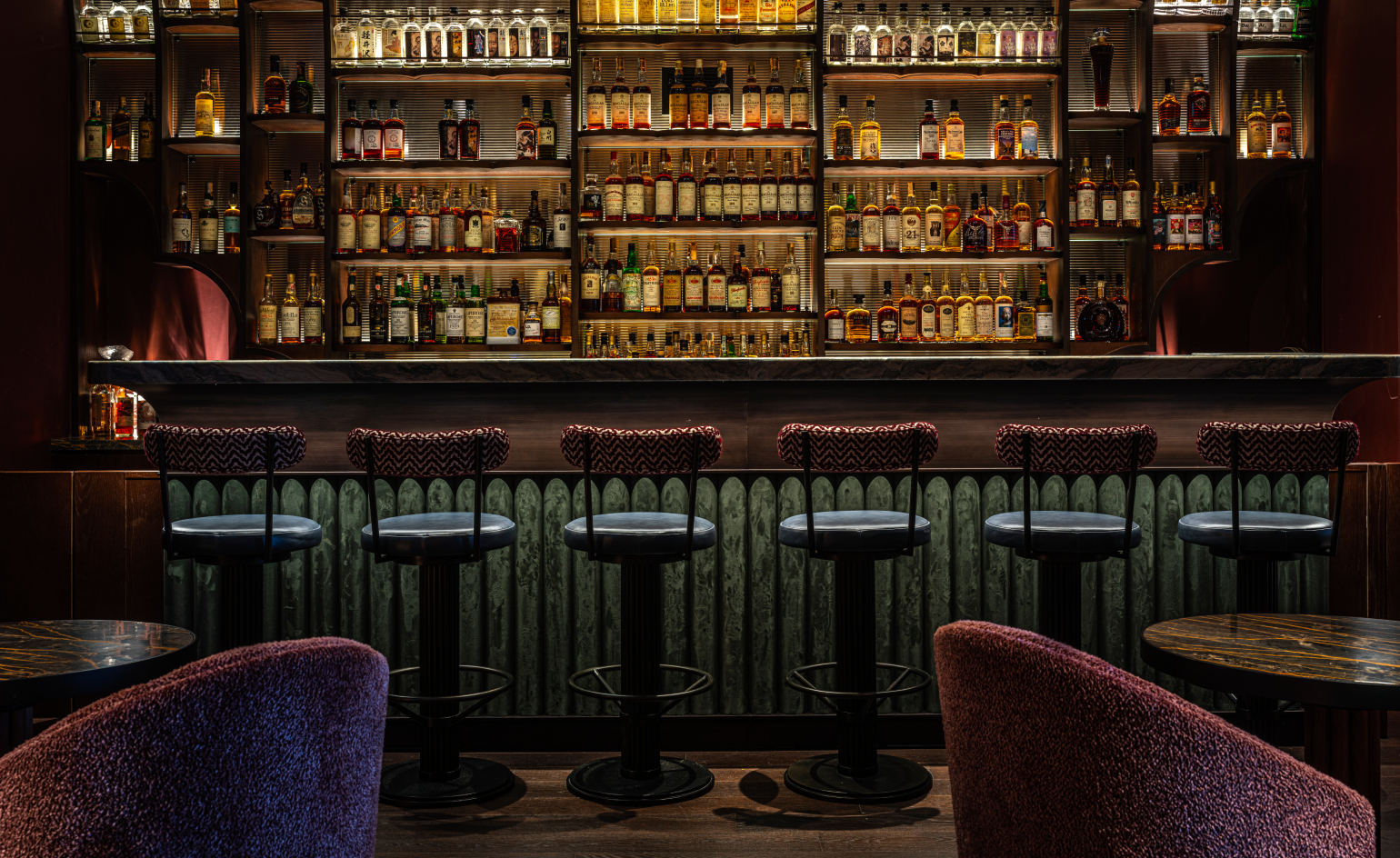 Wallpaper* Design Awards: Club Bâtard wins Best Social Hub 2026
Wallpaper* Design Awards: Club Bâtard wins Best Social Hub 2026Club Bâtard brings together an exclusive mix of fine dining and drinking across three floors of Hong Kong’s historic Pedder building
-
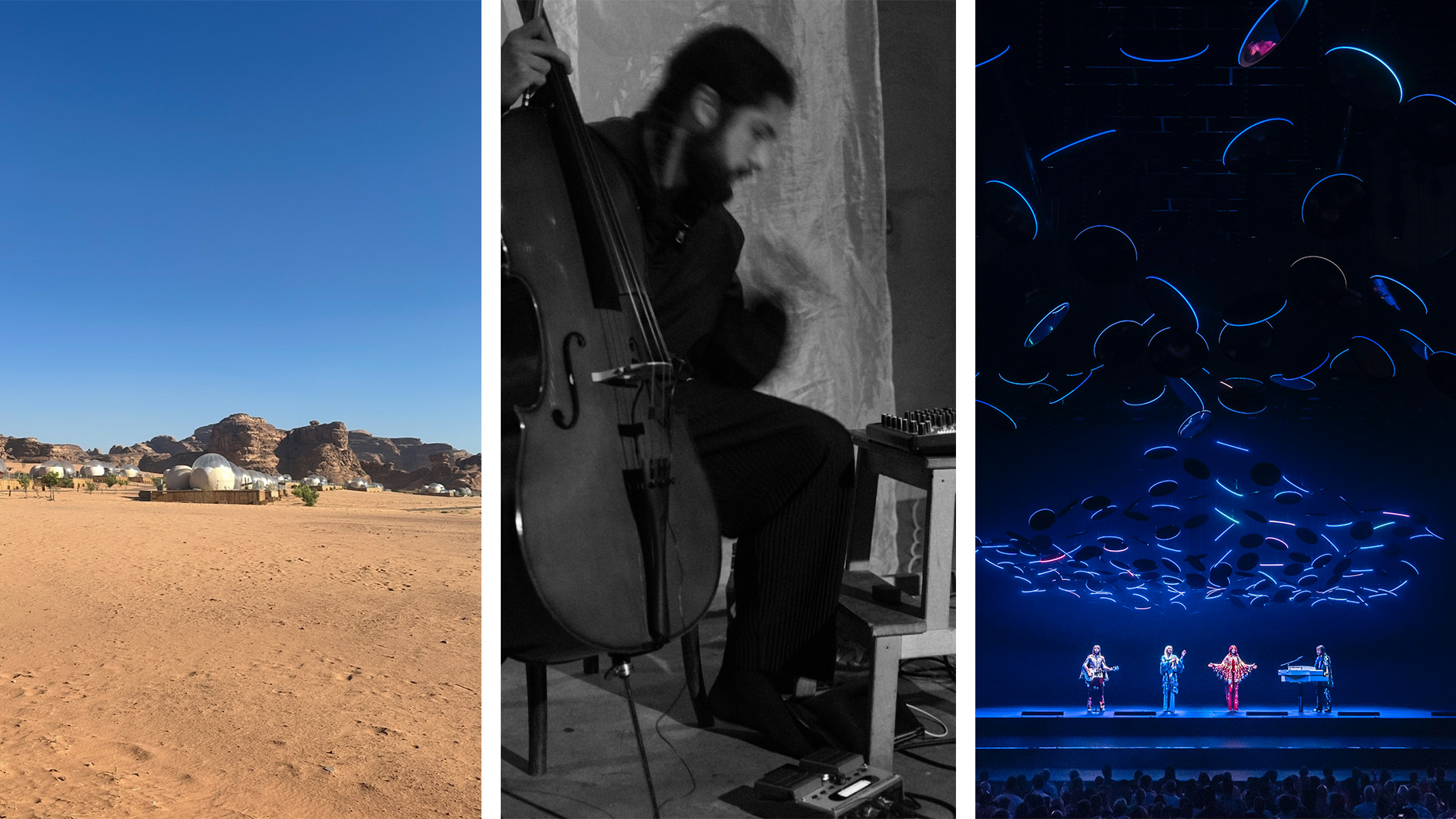 Out of office: what the Wallpaper* editors have been up to this week
Out of office: what the Wallpaper* editors have been up to this weekThis week saw the Wallpaper* team jet-setting to Jordan and New York; those of us left in London had to make do with being transported via the power of music at rooftop bars, live sets and hologram performances
-
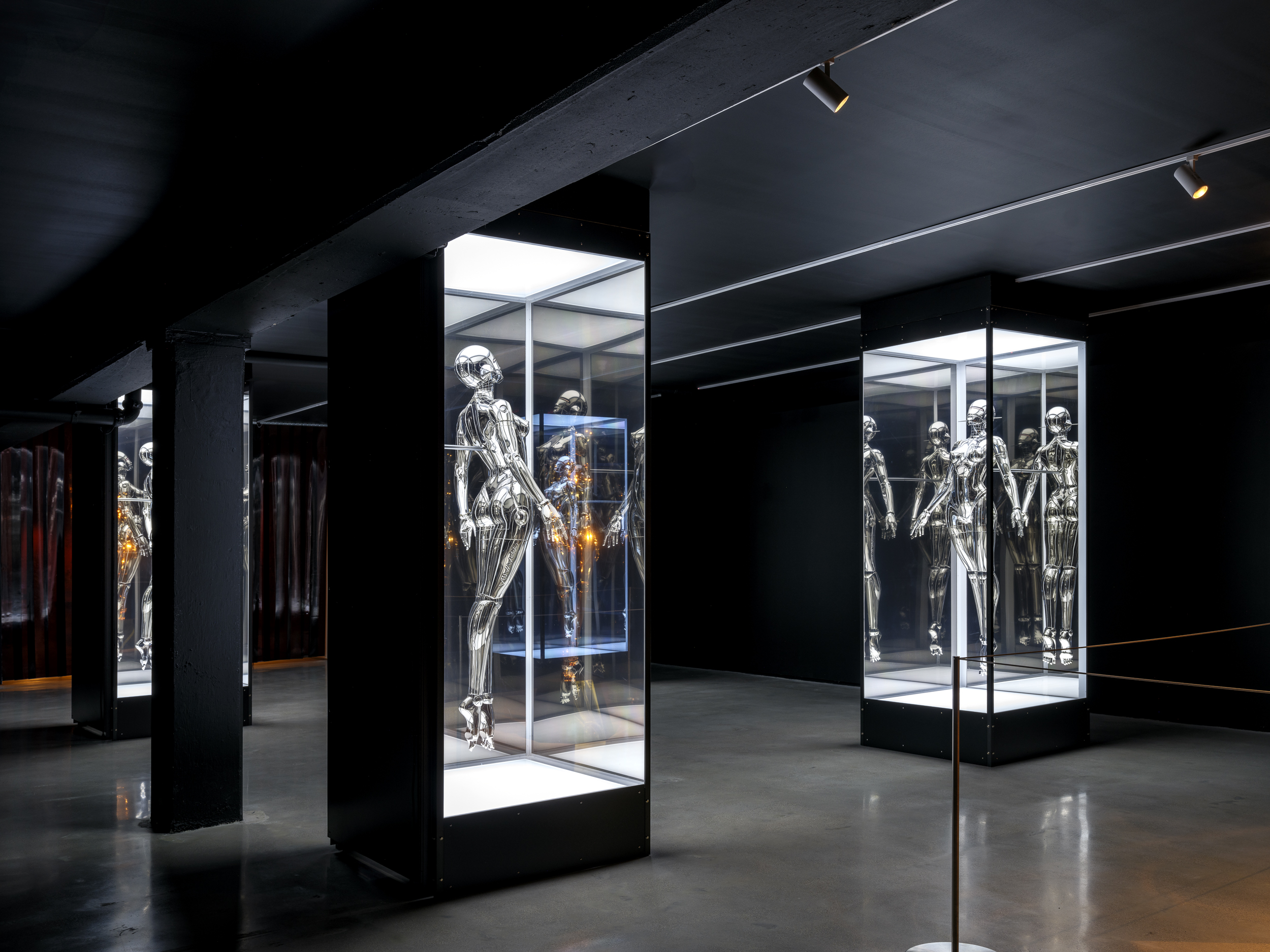 Miami’s new Museum of Sex is a beacon of open discourse
Miami’s new Museum of Sex is a beacon of open discourseThe Miami outpost of the cult New York destination opened last year, and continues its legacy of presenting and celebrating human sexuality
-
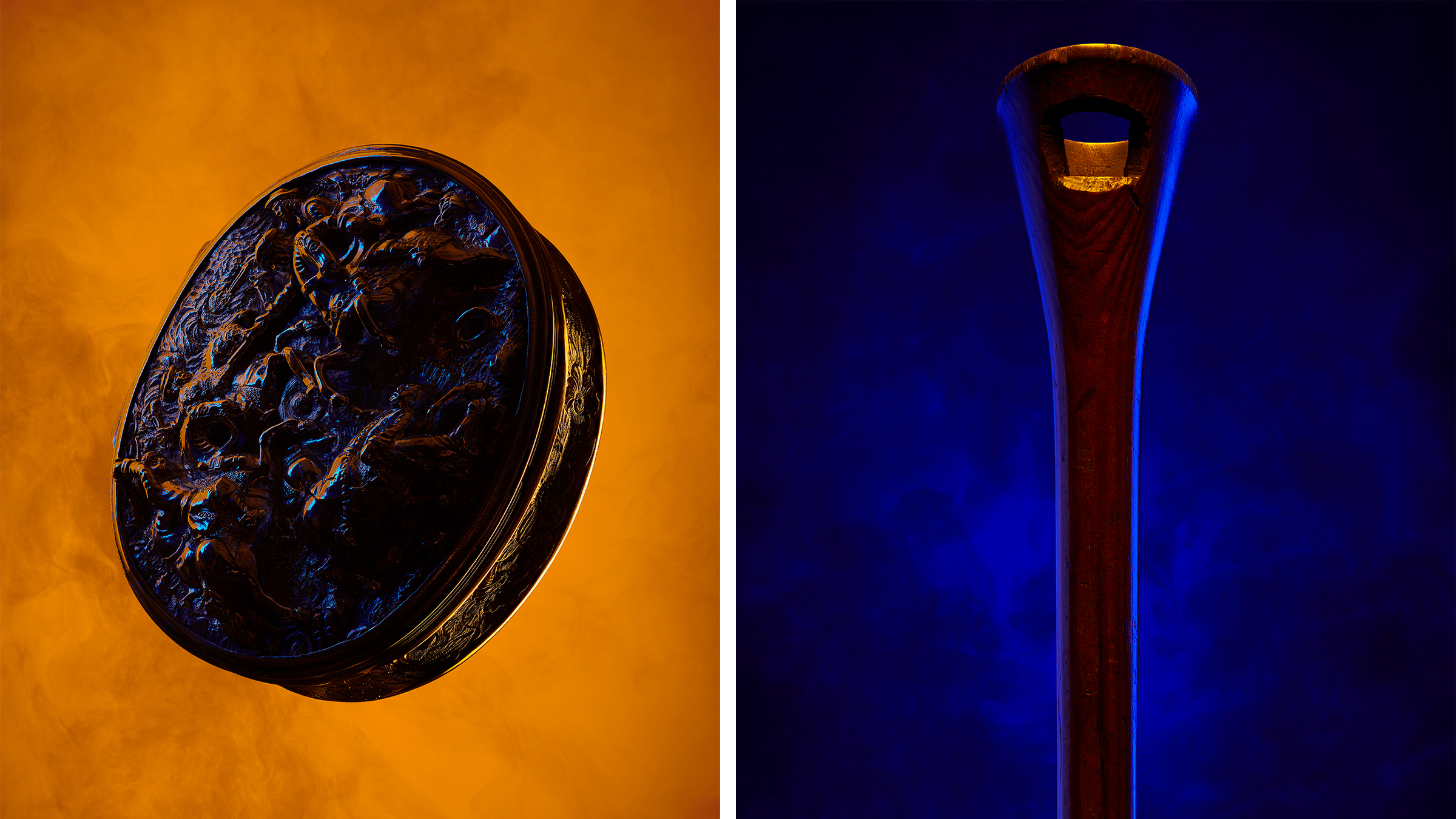 Royal College of Physicians Museum presents its archives in a glowing new light
Royal College of Physicians Museum presents its archives in a glowing new lightLondon photography exhibition ‘Unfamiliar’, at the Royal College of Physicians Museum (23 January – 28 July 2023), presents clinical tools as you’ve never seen them before
-
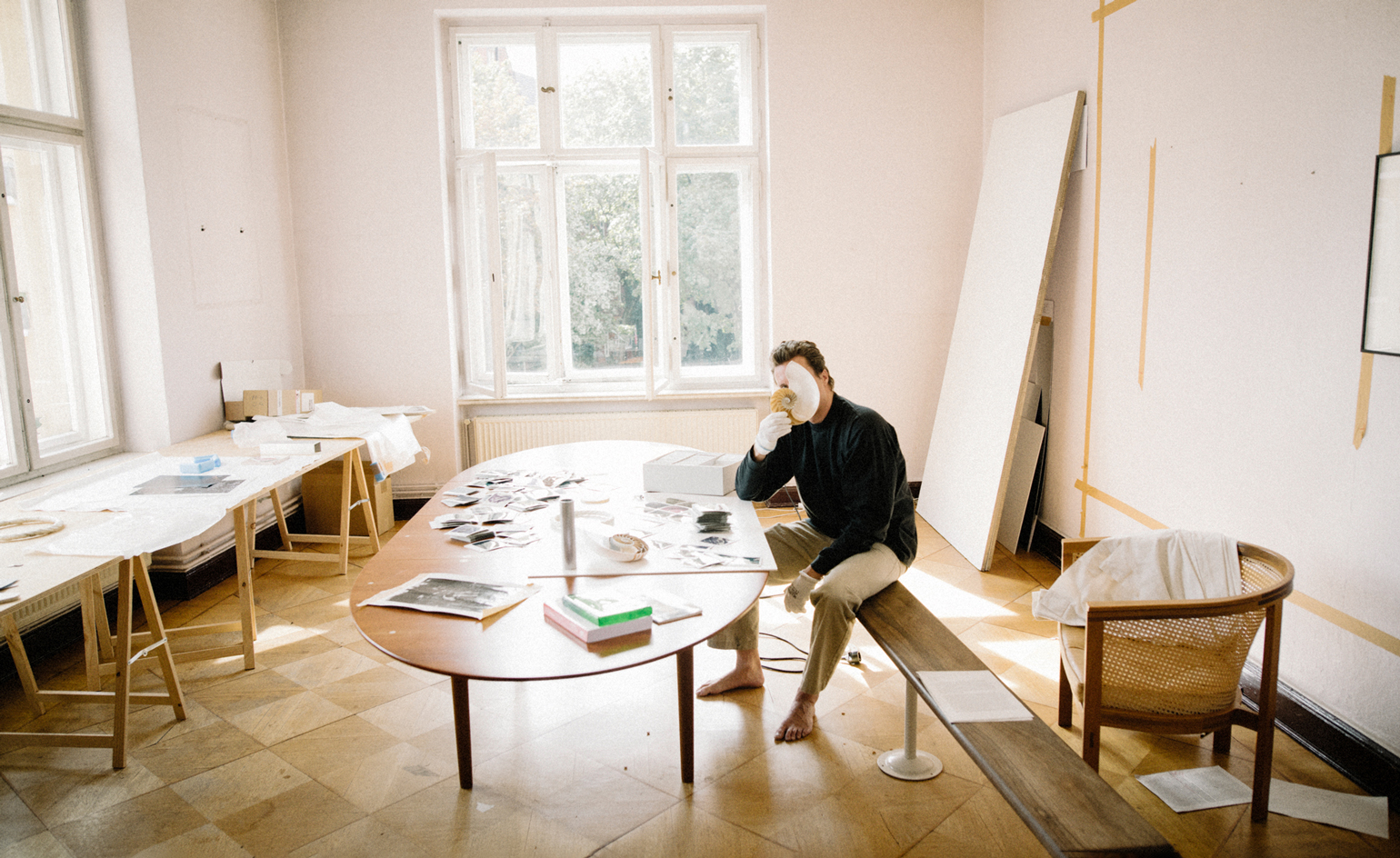 Cyprien Gaillard on chaos, reorder and excavating a Paris in flux
Cyprien Gaillard on chaos, reorder and excavating a Paris in fluxWe interviewed French artist Cyprien Gaillard ahead of his major two-part show, ‘Humpty \ Dumpty’ at Palais de Tokyo and Lafayette Anticipations (until 8 January 2023). Through abandoned clocks, love locks and asbestos, he dissects the human obsession with structural restoration
-
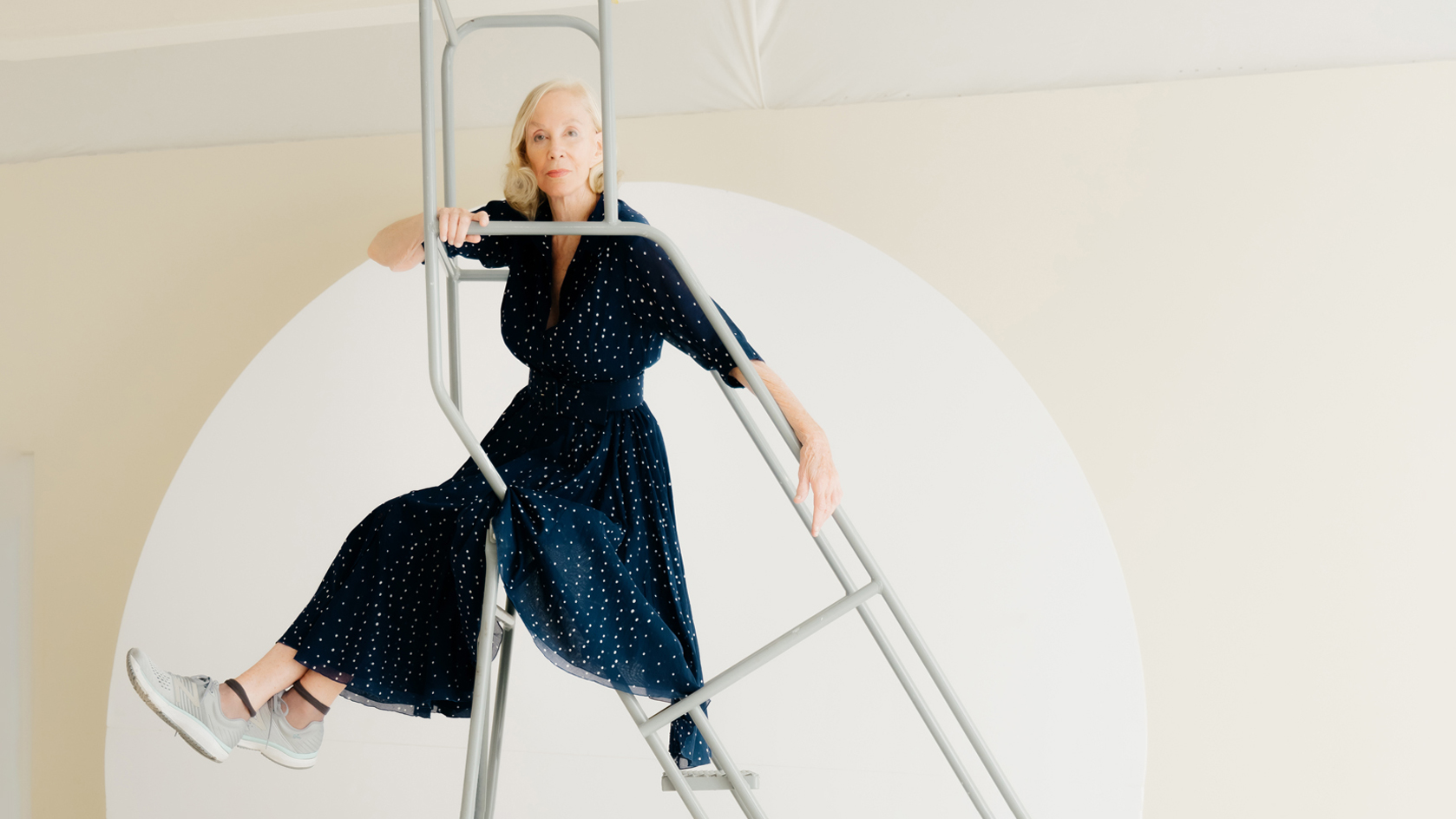 Year in review: top 10 art interviews of 2022, chosen by Wallpaper* arts editor Harriet Lloyd-Smith
Year in review: top 10 art interviews of 2022, chosen by Wallpaper* arts editor Harriet Lloyd-SmithTop 10 art interviews of 2022, as selected by Wallpaper* arts editor Harriet Lloyd-Smith, summing up another dramatic year in the art world
-
 Museum of Sex to open Miami outpost in spring 2023
Museum of Sex to open Miami outpost in spring 2023The Museum of Sex will expand with a new Miami outpost in spring 2023, housed in a former warehouse reimagined by Snøhetta and inaugurated with an exhibition by Hajime Sorayama
-
 Yayoi Kusama on love, hope and the power of art
Yayoi Kusama on love, hope and the power of artThere’s still time to see Yayoi Kusama’s major retrospective at M+, Hong Kong (until 14 May). In our interview, the legendary Japanese artist vows to continue to ‘create art to leave the message of “love forever”’
-
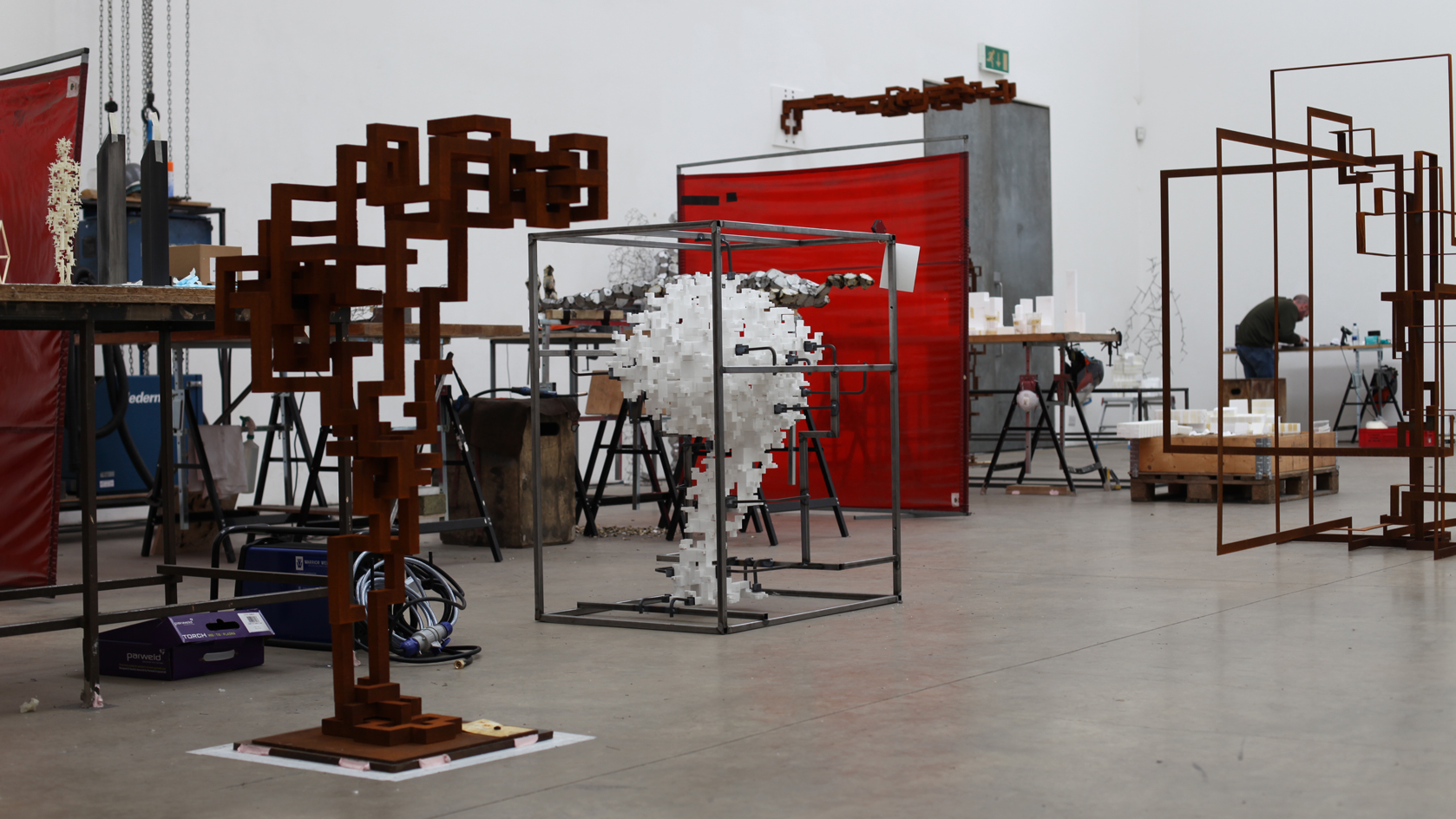 Antony Gormley interview: ‘We’re at more than a tipping point. We’re in a moment of utter crisis’
Antony Gormley interview: ‘We’re at more than a tipping point. We’re in a moment of utter crisis’We visit the London studio of British sculptor Antony Gormley ahead of his major new show ‘Body Field’ at Xavier Hufkens Brussels